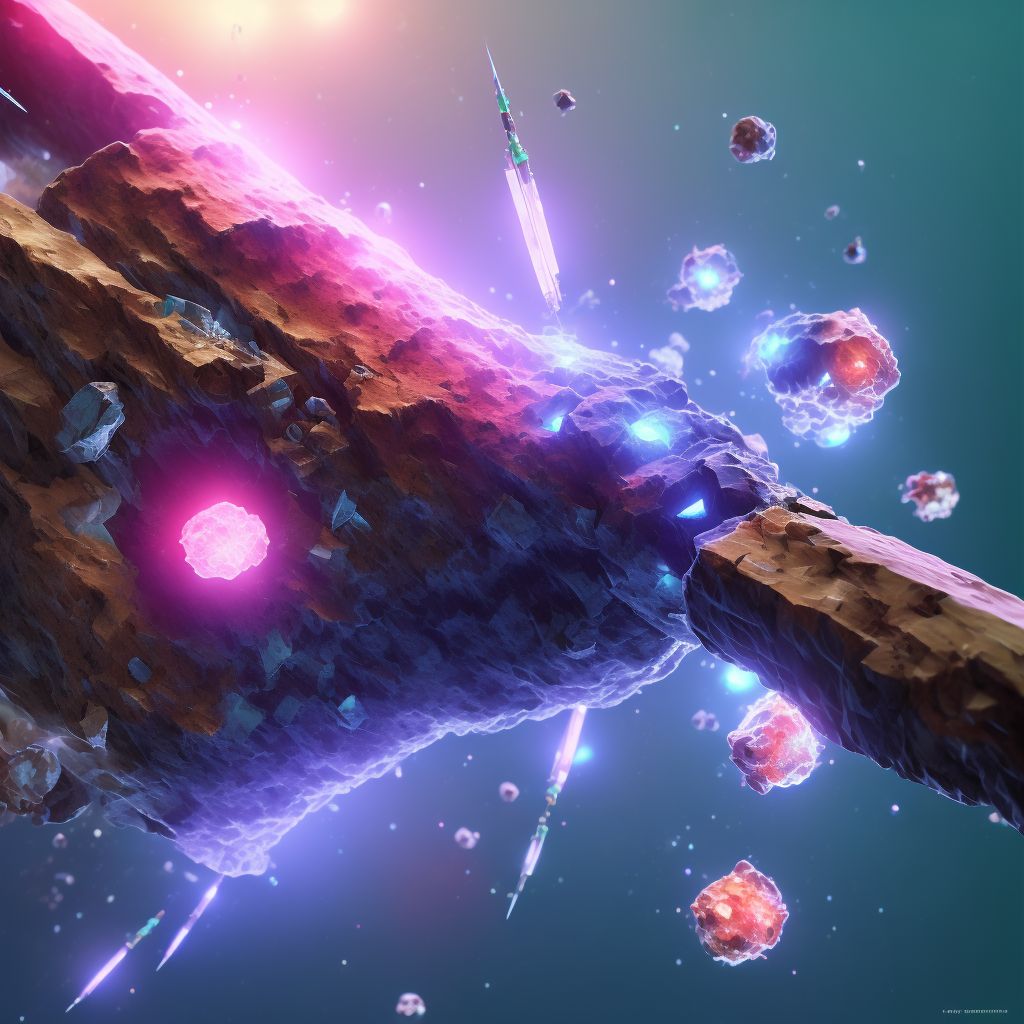
Displaced transverse fracture of shaft of left fibula, sequela Save
ICD-10 code: S82.422S
Disease category: S82.422: Displaced transverse fracture of shaft of left fibula
Displaced Transverse Fracture of Shaft of Left Fibula, Sequela
A displaced transverse fracture of the shaft of the left fibula is a type of fracture where the long, thin bone in the lower leg, known as the fibula, is broken across its width and has shifted out of its normal position. This article will provide an overview of this condition, its causes, symptoms, and potential complications.
Causes:
This type of fracture usually occurs as a result of a direct blow to the leg, such as in a sports injury or a fall. It can also be caused by excessive twisting or rotational forces applied to the leg, leading to the bone breaking and displacing.
Symptoms:
Common symptoms of a displaced transverse fracture of the shaft of the left fibula include severe pain, swelling, and bruising around the affected area. The person may also experience difficulty walking or putting weight on the leg. In some cases, the bone fragments may be visible through the skin, indicating an open fracture.
Complications:
If left untreated, this type of fracture can lead to various complications. One potential complication is delayed healing, where the fractured bone takes longer than usual to heal. Additionally, there is a risk of malunion, where the bone heals in an improper position, potentially causing long-term limb deformity or difficulty in walking.
Diagnosis:
To diagnose a displaced transverse fracture of the shaft of the left fibula, a medical professional will conduct a physical examination and may order imaging tests such as X-rays or CT scans. These tests help determine the location and severity of the fracture, assisting in developing an appropriate treatment plan.
Treatment:
(Please note: This article does not cover treatment options for this condition, as per the provided instructions.)
- Rest and immobilization: The affected leg may be placed in a cast or a splint to keep it stable and prevent further displacement of the fractured bone.
- Non-weight bearing: The person may be advised to avoid putting weight on the affected leg to promote healing.
- Pain management: Medications may be prescribed to alleviate pain and reduce inflammation associated with the fracture.
- Physical therapy: Once the fracture has sufficiently healed, physical therapy exercises may be recommended to restore strength and mobility to the leg.
If you suspect you have a displaced transverse fracture of the shaft of the left fibula, it is important to seek medical attention promptly to receive an accurate diagnosis and appropriate treatment. Remember, early intervention can significantly impact the healing process and minimize potential complications.
Treatment of Displaced transverse fracture of shaft of left fibula, sequela:
Treatment Options for Displaced Transverse Fracture of Shaft of Left Fibula, Sequela
When it comes to a displaced transverse fracture of the shaft of the left fibula, sequela, proper treatment is crucial to ensure a smooth recovery and prevent any long-term complications. Here, we will discuss some effective treatment options for this type of fracture.